Each year, Light Metal Age (LMA) enjoys looking back at the top ten most viewed news stories that we published on our website, highlighting the trends that have affected the aluminum sector over the previous year. In 2023, these top articles and news stories reveal recent trends and developments, including an interest in advanced technologies for automotive, investments in U.S. aluminum manufacturing and primary magnesium production, decarbonizing primary aluminum production, and aerospace innovations.
Giga-Casting for Automotive
Over the last decade, the automotive industry has been actively investigating methods for efficiently lightweighting vehicles in order to address performance and sustainability concerns. Aluminum sheet, extrusion, and castings have been a key part of this journey. However, the automotive industry never stops innovating and looking for ways to streamline its manufacturing process and reduce production costs, which has led to the development of giga-casting technologies — by far the most popular article on the LMA website in 2023.
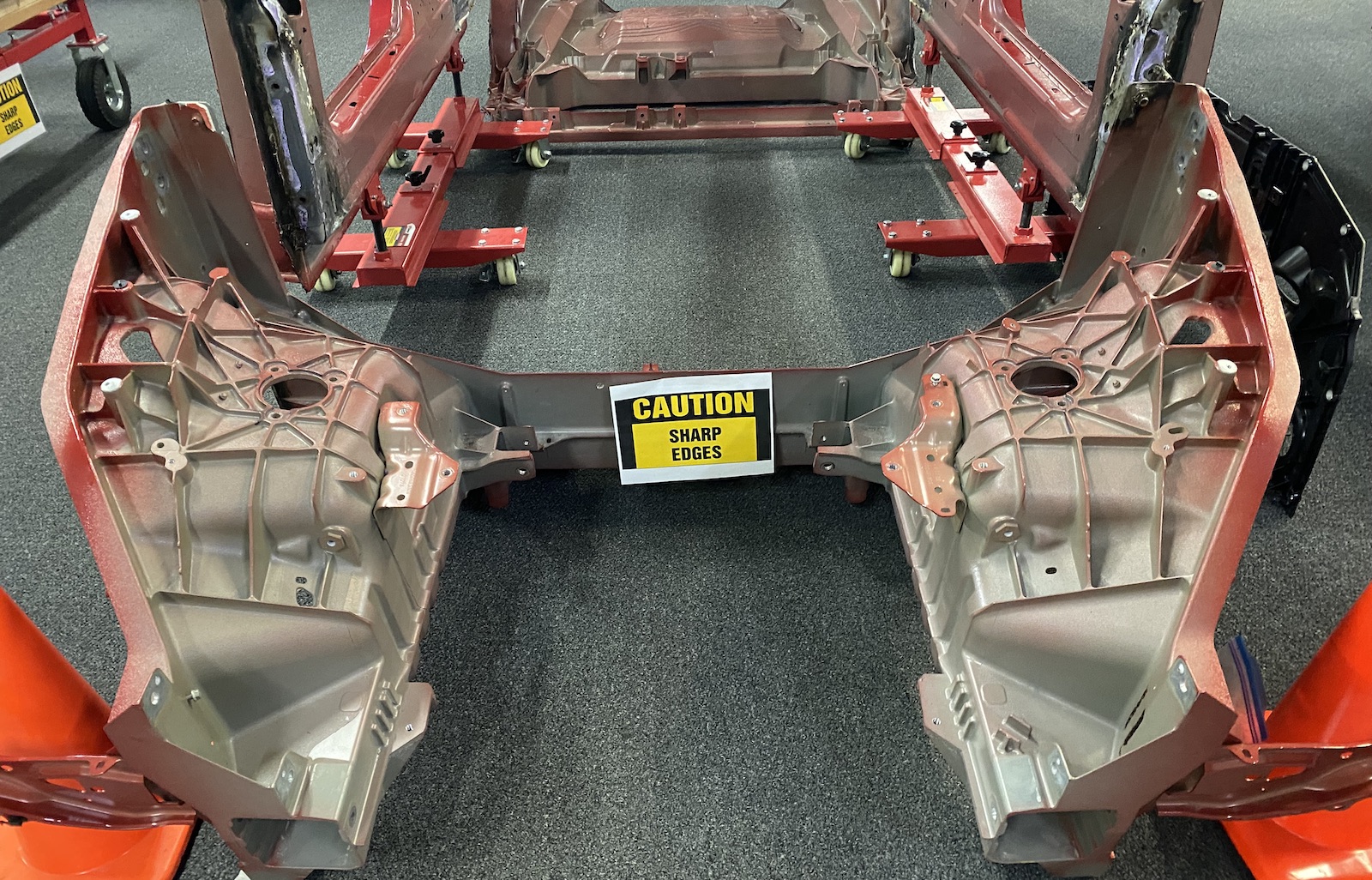
The Impact of Giga-Castings on Car Manufacturing and Aluminum Content by Alicia Hartlieb and Martin Hartlieb, Viami International Inc. — Automotive has gone through a number of manufacturing trends over the years. Initiated by Tesla, a new trend is starting to catch on, involving the utilization of aluminum giga-castings. These large cast structural components are able to integrate many different parts into a single ultra-large casting. This could not only impact the way cars are manufactured and the utilization of aluminum in general, but also affect the content of different product forms (castings, sheet, and extrusions) in light vehicles. In other words, it could spur new growth for castings and potentially slow down the growth of sheet and extrusions.
U.S. Expansion Projects
Over the past couple of years, the U.S. aluminum industry has seen a significant number of investments — particularly in sheet and recycling. The increased investment in sheet production aims to target the automotive and beverage can manufacturing industries, while the growth in recycling and remelt plants provides the extrusion and sheet sectors with access to low-carbon aluminum billet and slab.
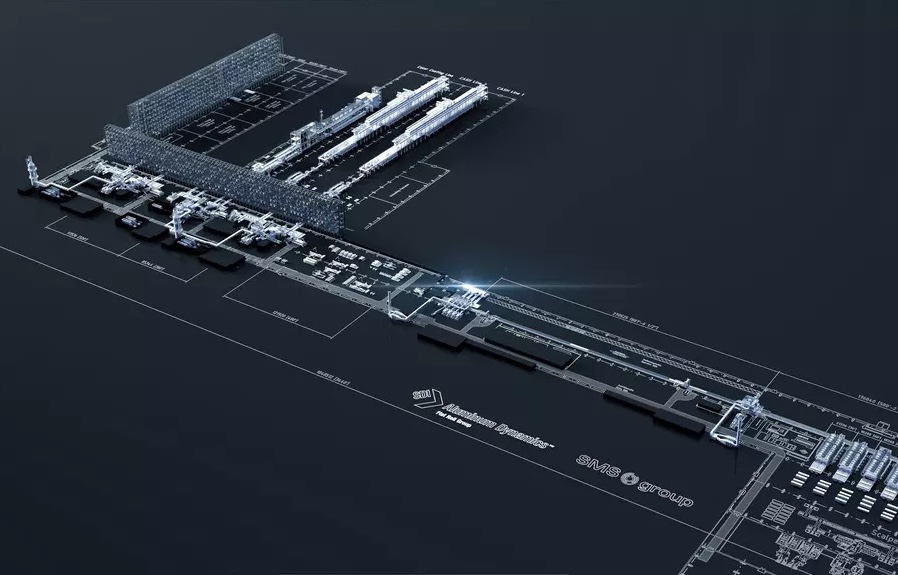 Aluminum Dynamics Breaks Ground and Orders New Equipment for Its Mississippi Rolling Plant — Steel Dynamics Inc. broke ground on its new aluminum rolling facility in Columbus, Mississippi. This is the first time that Steel Dynamics will enter the flat rolled aluminum products market. Operating under the name Aluminum Dynamics, the new rolling facility will focus on the production of aluminum sheet for cans, vehicles, and industrial applications.
Aluminum Dynamics Breaks Ground and Orders New Equipment for Its Mississippi Rolling Plant — Steel Dynamics Inc. broke ground on its new aluminum rolling facility in Columbus, Mississippi. This is the first time that Steel Dynamics will enter the flat rolled aluminum products market. Operating under the name Aluminum Dynamics, the new rolling facility will focus on the production of aluminum sheet for cans, vehicles, and industrial applications.
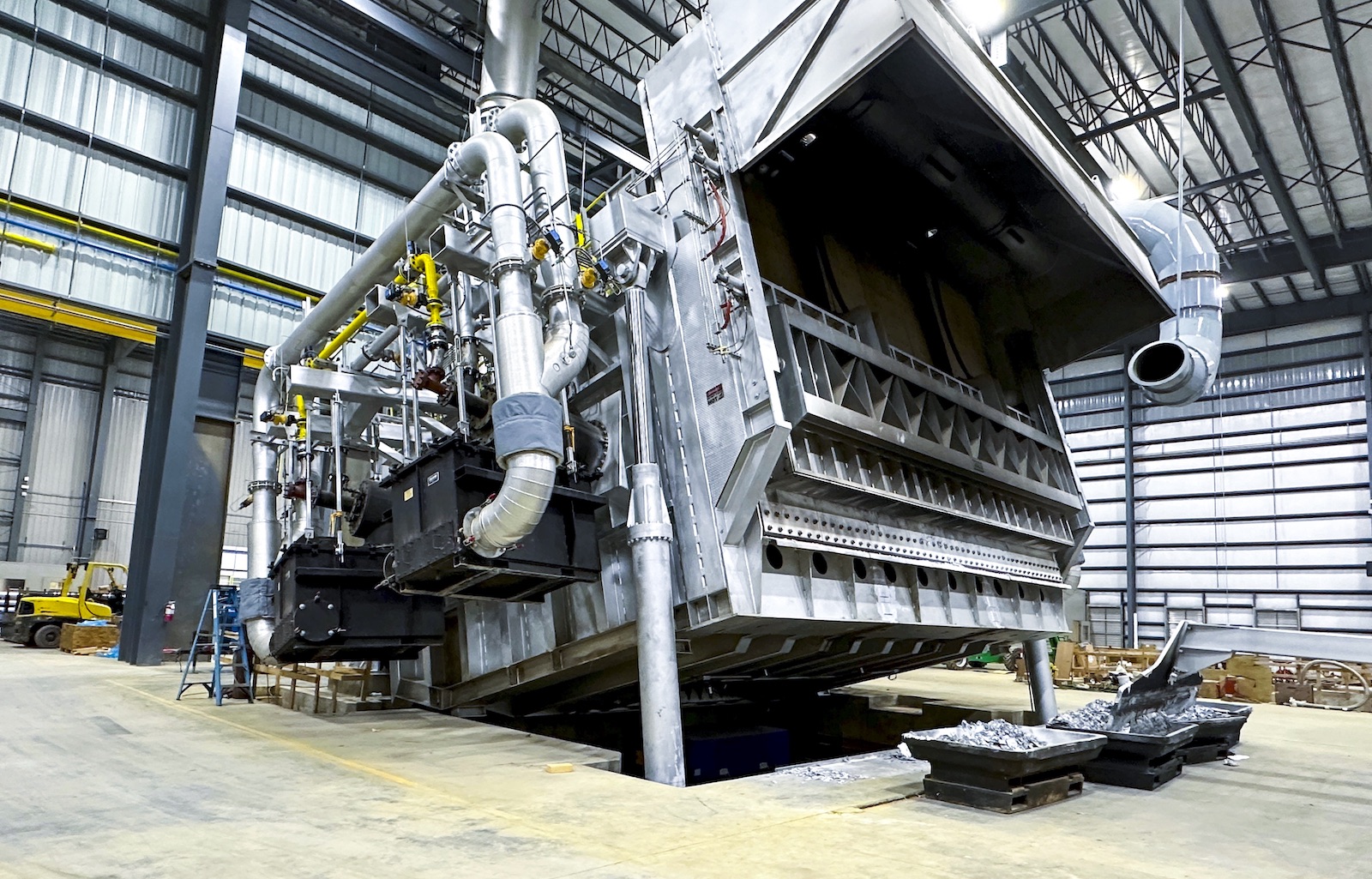
SCM Celebrates 20th Anniversary with New Casthouse and Extrusion Line by Andrea Svendsen, Managing Editor — Service Center Metals (SCM), an aluminum extrusion manufacturing company headquartered in Prince George, VA, is celebrating 20 years of continuous operation this year. As the company moves into its third decade, it is completing a $127 million investment in a new remelt and casting plant and new extrusion plant near its existing operations—thus continuing its path of expansion and growth. Currently, the new casthouse is up and running, with the extrusion operations to follow later this year. The simultaneous expansion enables the company to increase its capacity to meet customer demand, as well as create 94 new jobs.
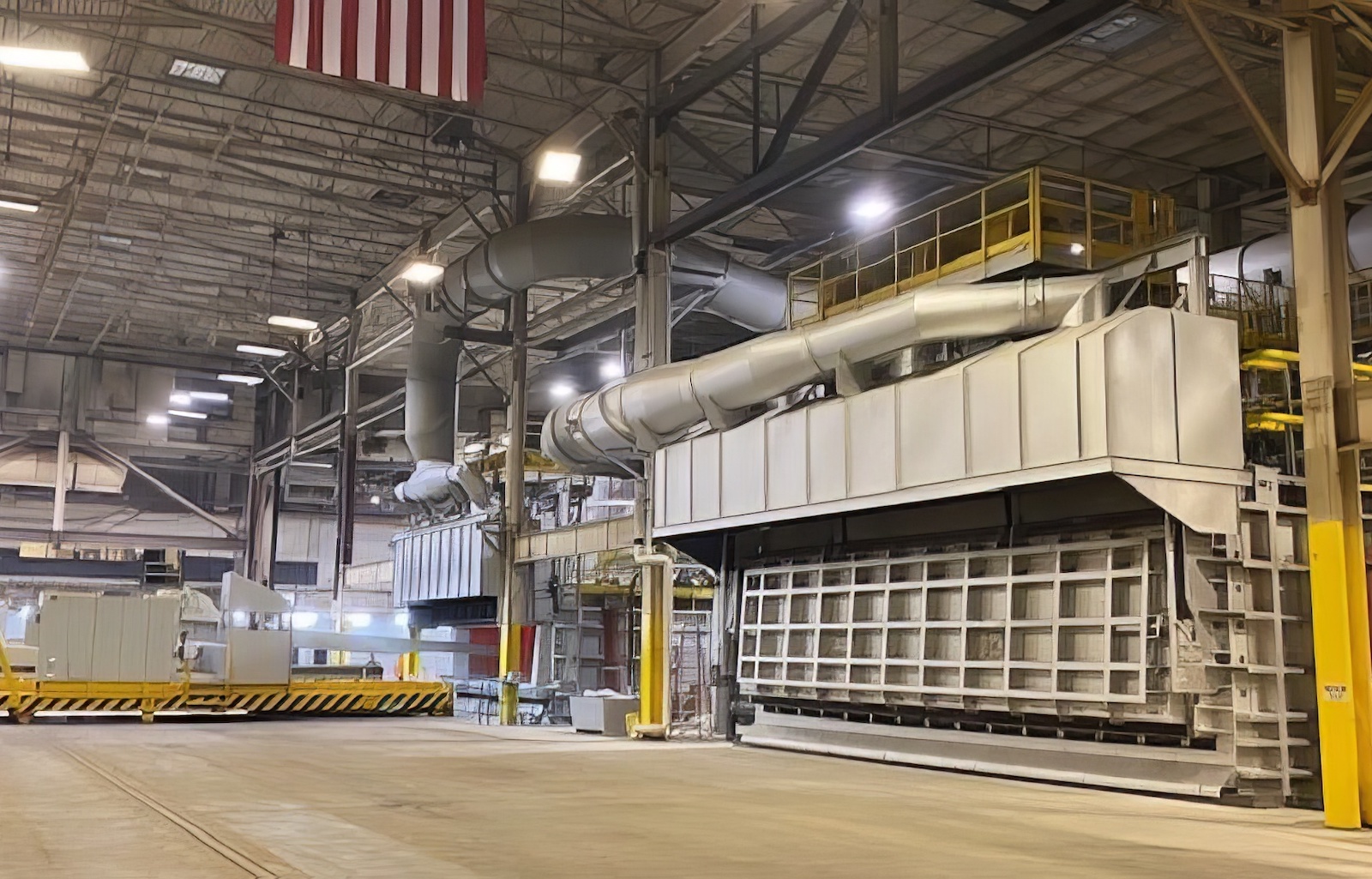
Matalco Launches Remelt Facility in Kentucky — Matalco Inc. completed the construction and startup of its seventh remelt facility, located in Franklin, KY, which will operate under the name Matalco Kentucky LLC. The $65 million investment represents the company’s third new plant project in the last eight years. The new plant will focus on the production of rolling ingot — affirming the company’s commitment to growing its product offerings for the North American aluminum rolling market.
Interest in Primary Magnesium
Magnesium is the lightest structural metal and has great potential value for a multitude of industries, but it’s growth faces challenges. Notably, for the past decade, more than 80% of worldwide production has come from China, where the Pidgeon process is primarily used — a method of production known to have a high carbon impact. In recent years, there has been a growing interest in expanding production of magnesium using environmentally friendly technologies in North America and other locations outside of China — as these top articles reflect.
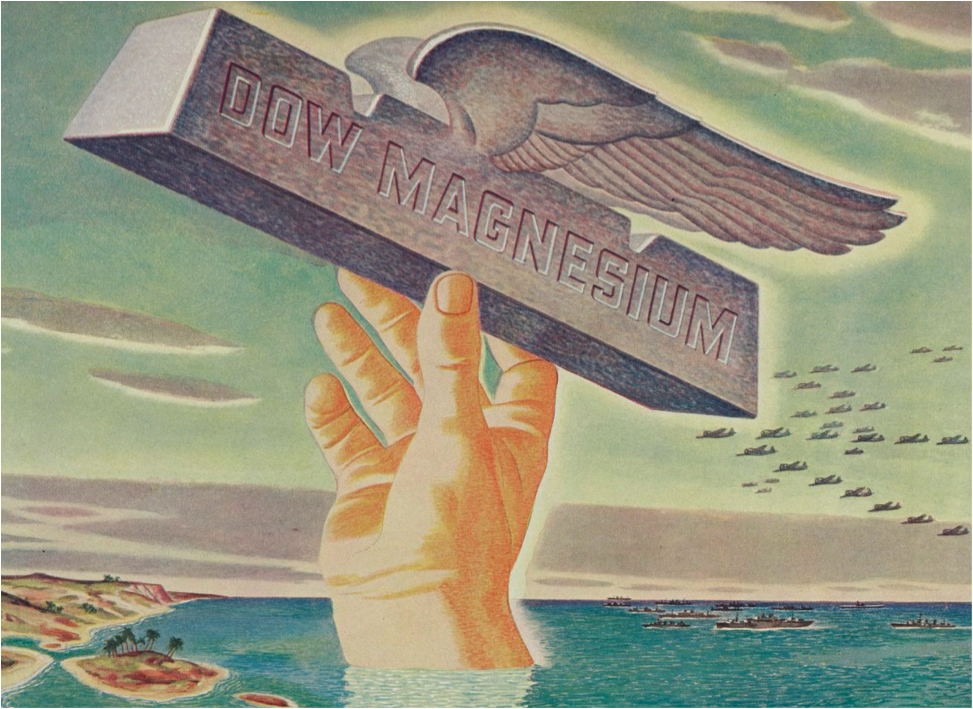 Magnesium as the Metal of Dematerialization by Alex Grant, Magrathea — Magnesium has many advantages, including its light weight, making it a valuable and sustainable metal for the automotive and other industries. This article describes the history and development of the DOW electrolysis process for producing magnesium from sea water. Currently, there is growing interest in this production method, which “has the potential to be some of the cleanest extractive metallurgy in the world.”
Magnesium as the Metal of Dematerialization by Alex Grant, Magrathea — Magnesium has many advantages, including its light weight, making it a valuable and sustainable metal for the automotive and other industries. This article describes the history and development of the DOW electrolysis process for producing magnesium from sea water. Currently, there is growing interest in this production method, which “has the potential to be some of the cleanest extractive metallurgy in the world.”
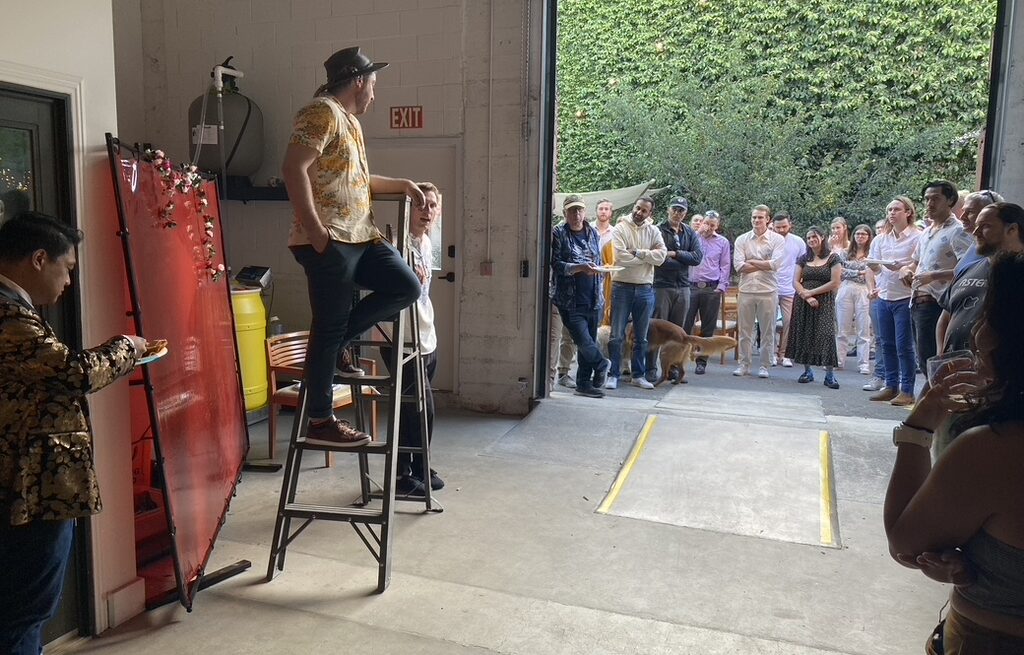 Magrathea Raises $10M For New Generation Electrolytic Technology to Make Magnesium Metal — Magrathea, a start-up company located in Oakland, CA, completed its seed round, raising $10 million to make magnesium metal from seawater and brine using an innovative new technology. An event on July 7, 2023, at Magrathea’s pilot plant celebrated the company’s fundraising accomplishment with a dinner and networking event, where Alex Grant, CEO, using a magnesium ladder made by Dow from seawater in the 1950s to see over the crowd, thanked investors, supporters, and staff, with Jacob Brown, cofounder and CTO, by his side.
Magrathea Raises $10M For New Generation Electrolytic Technology to Make Magnesium Metal — Magrathea, a start-up company located in Oakland, CA, completed its seed round, raising $10 million to make magnesium metal from seawater and brine using an innovative new technology. An event on July 7, 2023, at Magrathea’s pilot plant celebrated the company’s fundraising accomplishment with a dinner and networking event, where Alex Grant, CEO, using a magnesium ladder made by Dow from seawater in the 1950s to see over the crowd, thanked investors, supporters, and staff, with Jacob Brown, cofounder and CTO, by his side.
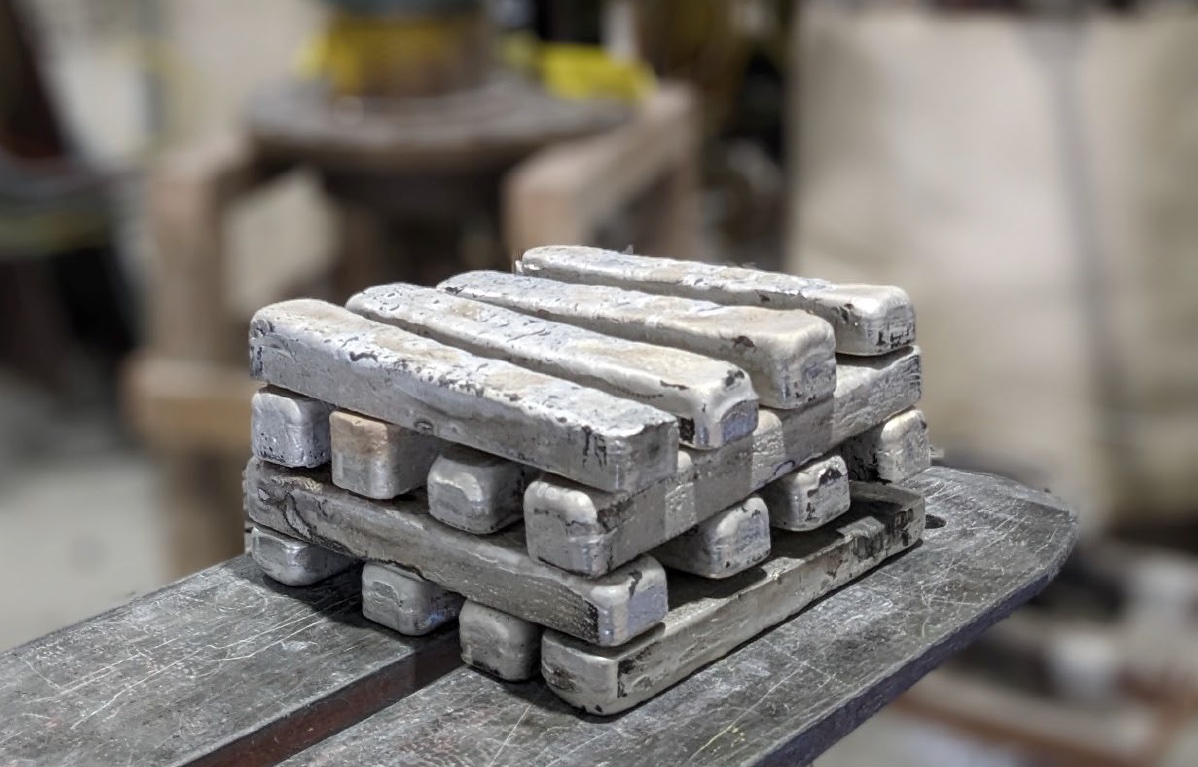 Evolution of Primary Magnesium Metal Production Leads to the Aluminothermic Reduction Process by Aaron Palumbo, Big Blue Technologies — With magnesium designated as a critical material by the U.S. Department of Energy and the EU Critical Raw Materials Alliance, the Western world has decried the geographic imbalance in global supply. However, for magnesium to achieve its full potential outside of China, new suppliers need to be reliable and stable and the production technology utilized needs to drive a price drop, while maintaining attractive margins. Restoring balance and reshoring production can only be achieved by addressing the challenging nature of magnesium, which begins with the core smelting unit operations. This article explores the historical and current challenges of the magnesium market and looks at the development of aluminothermic reduction as a potential solution.
Evolution of Primary Magnesium Metal Production Leads to the Aluminothermic Reduction Process by Aaron Palumbo, Big Blue Technologies — With magnesium designated as a critical material by the U.S. Department of Energy and the EU Critical Raw Materials Alliance, the Western world has decried the geographic imbalance in global supply. However, for magnesium to achieve its full potential outside of China, new suppliers need to be reliable and stable and the production technology utilized needs to drive a price drop, while maintaining attractive margins. Restoring balance and reshoring production can only be achieved by addressing the challenging nature of magnesium, which begins with the core smelting unit operations. This article explores the historical and current challenges of the magnesium market and looks at the development of aluminothermic reduction as a potential solution.
Decarbonizing Primary Aluminum
Primary aluminum production is the source of the vast majority of carbon emissions from the aluminum industry. As the industry as a whole works to move toward its goals of net-zero carbon emissions, reducing the impact of the smelting process is a vitally important aspect of that process.
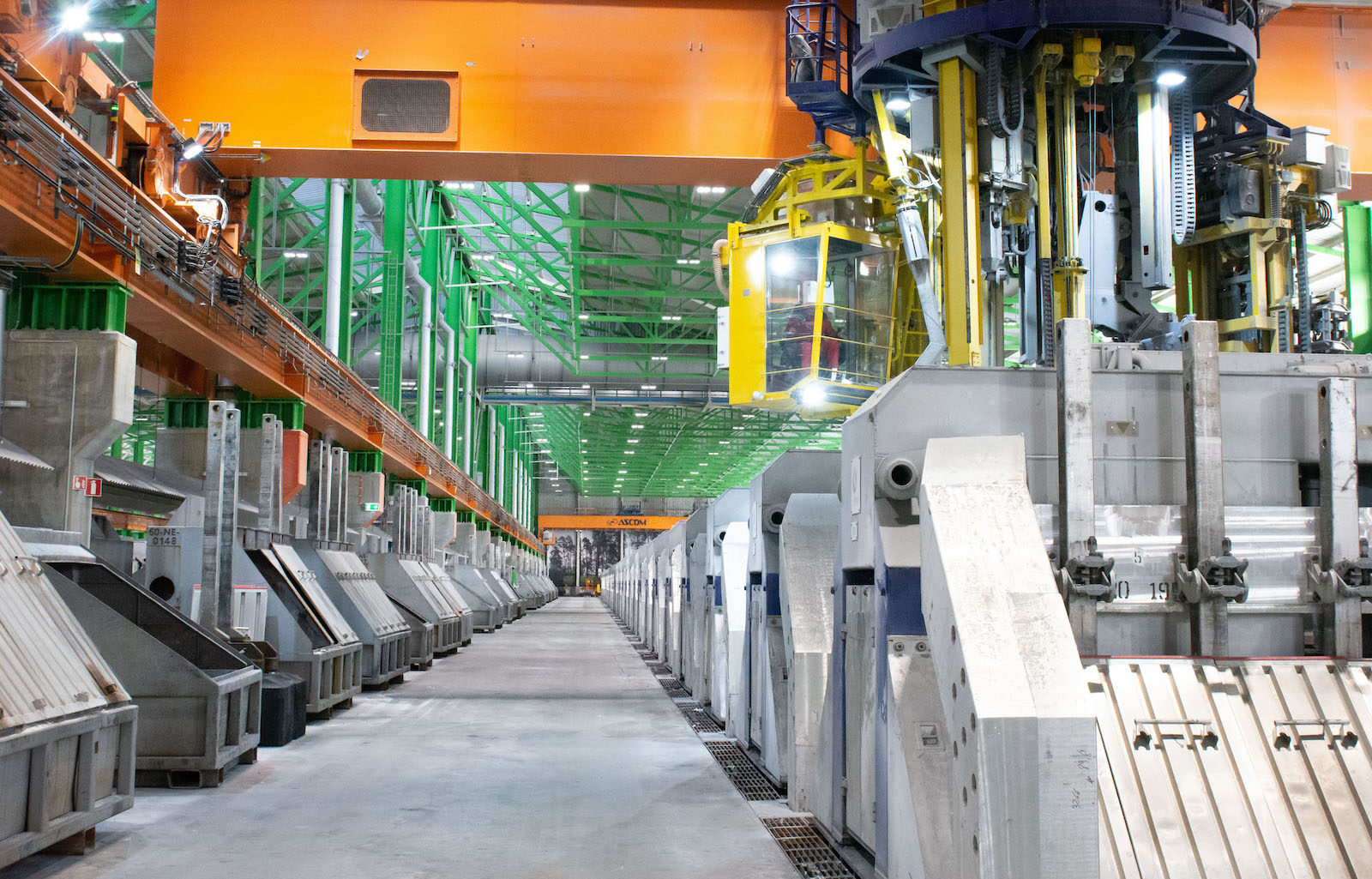
Decarbonizing the Primary Aluminum Industry: Opportunities and Challenges by Halvor Kvande, NTNU (Retired); Gudrun Saevarsdottir, Reykjavik University; and Barry Welch, Welbank Consulting — While global average greenhouse gas (GHG) emissions have changed little over the last several years, the best available data has become more reliable and has showed lower emissions — from the electrolysis process to alumina and prebaked anode production. With new technologies, such carbon capture and sequestration (CCS) and inert anodes, could reduce these emissions even further. This article provides a detailed analysis of the main sources of GHGs and how to decarbonize the primary aluminum industry.
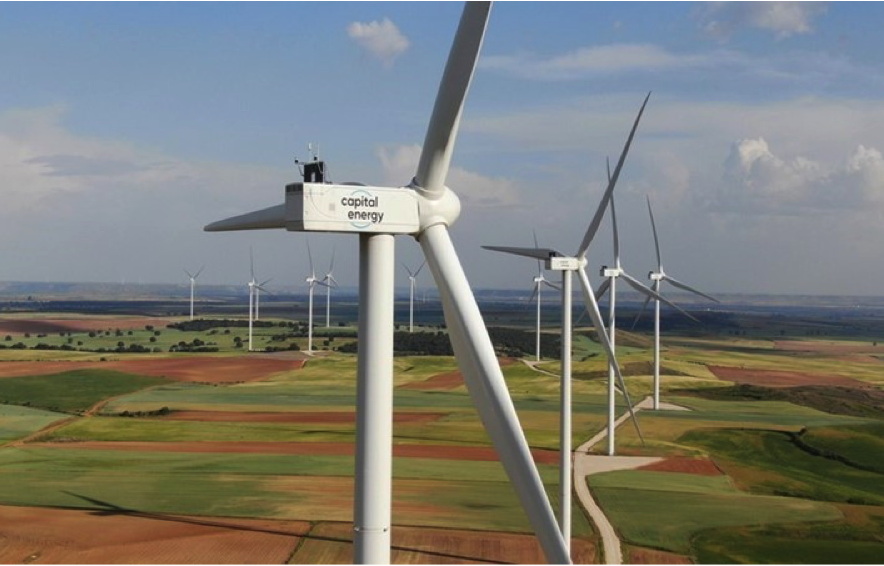
The Shift Toward Renewable Power in Aluminum Smelting by Alton Tabereaux, Contributing Editor — Globally, the aluminum sector must cut its emissions by 77% by 2050 to meet climate goals to limit global warming below 2°C, according to an International Aluminium Institute (IAI) analysis of the decarbonization challenges. One of the major ways to move toward this goal is for primary aluminum smelters to shift toward renewable power. This article looks at the types of power currently used in smelting and the industry’s expanding use of renewable power.
Aerospace Innovation
Humanity’s continued reach for the stars requires investment in research and innovation aimed at reducing the weight and increasing the strength of components to increase carrying capacity and ensure the safety of missions. This research has been the source of phenomenal developments that impact not only space exploration, but manufacturing and technology right here on Earth.
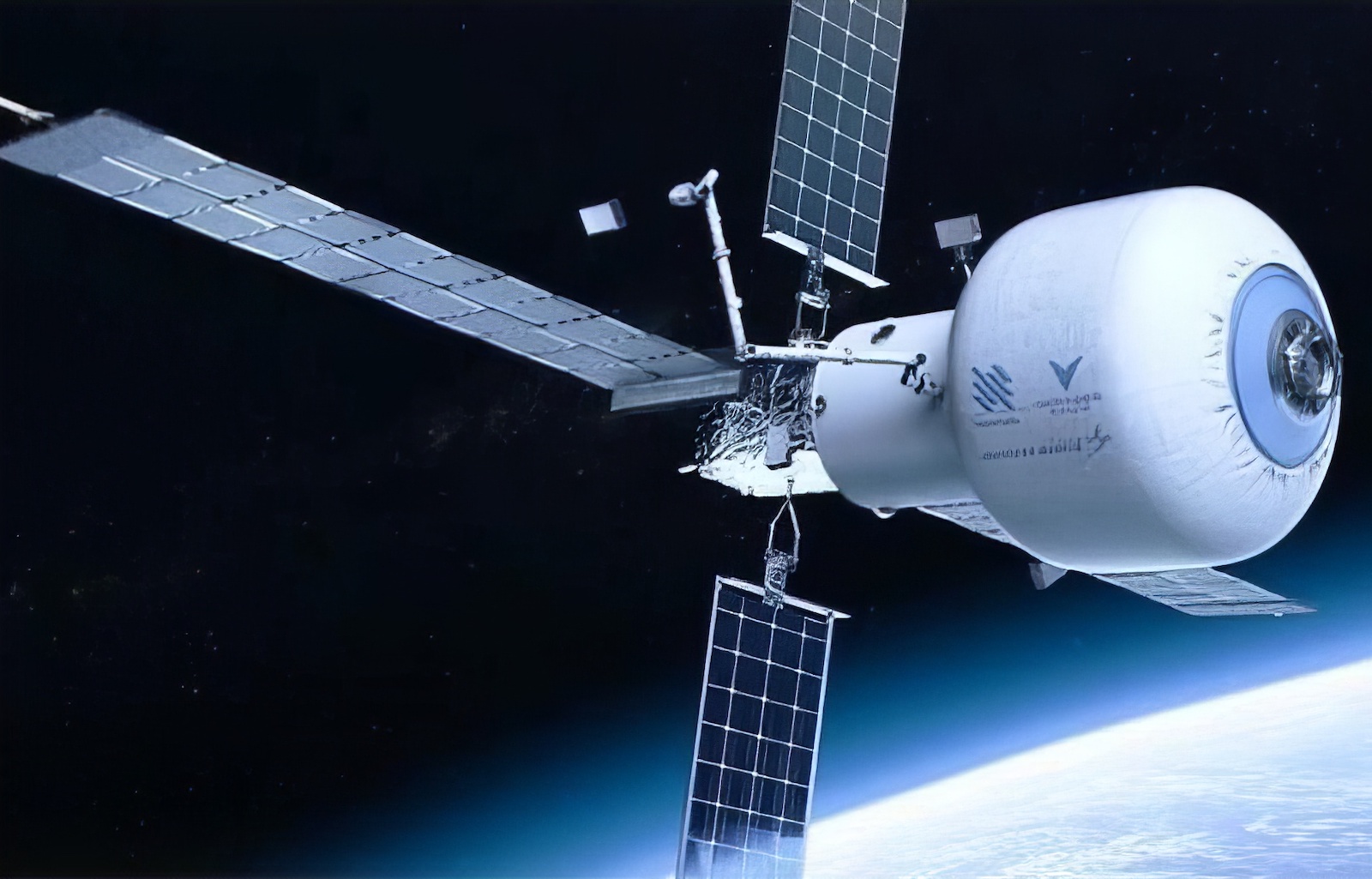
Friction Stir Welding and Spin Forming of Al-Li 2050 Plate to Produce Domes for Space Applications by Michael Niedzinski, Constellium — Friction stir welding (FSW) of Airware 2050 was investigated as a method for making custom blanks for spin forming large, single-piece flight articles. The objective of this study was to evaluate the behavior of 2050 parent material in addition to the FSW regions after spin forming and subsequent heat treatment. This article provides the mechanical properties for spin formed 2050 parent material and FSW regions on the test dome. Implementation of an abnormal grain growth (AGG) suppression strategy during heat treatment reduced AGG in the FSW regions and improved ductility in several directions across FSW locations. Anticipated applications include lightweight structures for large diameter space launch vehicles, lunar/orbital habitats, and landers.

